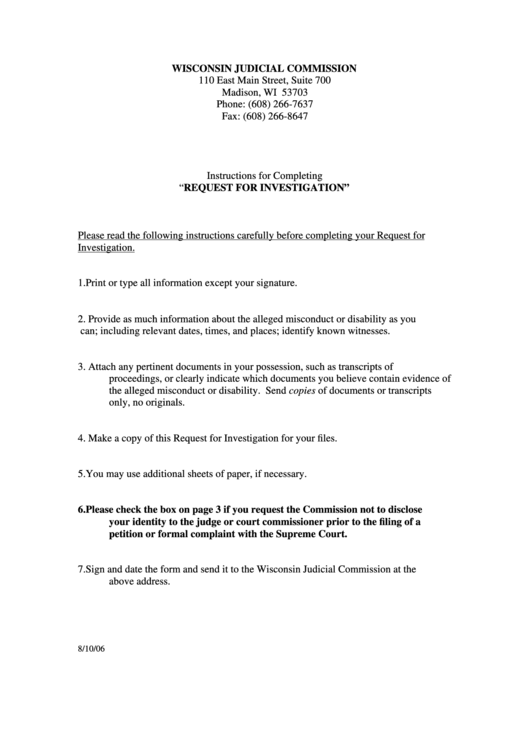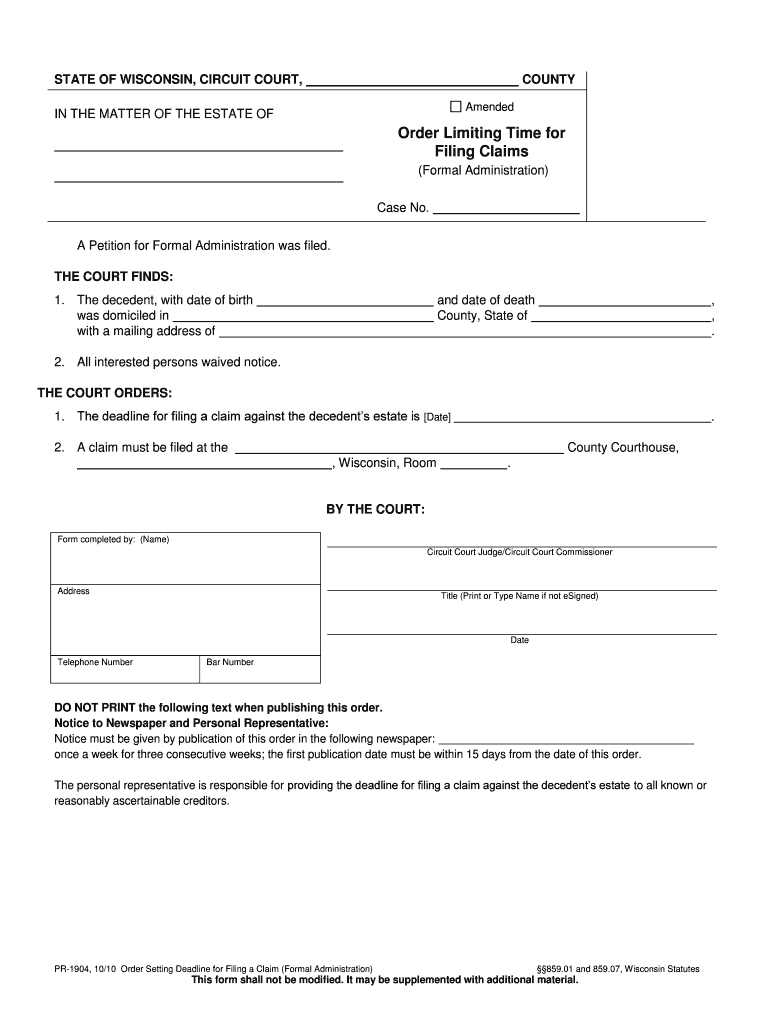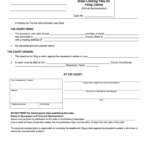Wisconsin Civil Court Forms – It is possible that you will be required to fill out a variety of forms when you’ve been assigned to represent the client in a civil court battle. It is possible that you will be required to send the forms in hardcopy, or download the forms from the court website. There are additional online forms available, however you must ensure that they’re appropriate for your situation before using any of them.
Fill in forms using blanks
The Supreme Court Administrative Office (SCAO) keeps a substantial stock of court forms unfilled that are arranged according to the type of legal issue. You can look them up by their name or their number.
If you want to create a legal document the first thing to do is find the right form to address the situation. The titles of cases and the names of both parties are separated on some forms with spaces.
Make sure you read the guidelines before you fill out a form. In certain situations you will be required to sign and might need to indicate the manner in which the documents were delivered. Keep only single-sided copies. If you use the same paper it will not be necessary to duplicate it.
Request limited status for an electronic document
It can be difficult to get a restricted status for an electronic civil court form. There are a variety of things to think about, including credibility and conformance with formatting guidelines. It is important to check the Minnesota Supreme Court regulations, or the rules of your court to ensure you are following the rules in a correct manner.
For electronic filing, the document must be legible and have a certified stamp. An appropriately addressed envelope should be used for delivering the document to the county clerk. The document will be checked for validity if there are any questions.
The EFCIV23 form is required in order to notify parties that your electronic submission is now converted. In exceptional circumstances, you must also serve this form with your commencement paperwork.Additionally, you must use EDDS to submit the paperwork to the court.
Send original copies of your exhibits.
You may need to submit exhibits in physical copies to specific countries. Documents are typically uploaded via the internet. If a paper copy of the document is required to be used at court, it will be uploaded online.
Fill out all court forms correctly and to the highest degree possible. Each field on the forms is required to be filled in fully and accurately. There is often a lot of blank space within the shapes. If you’re unsure of the structure of a form it is recommended to talk to an attorney.
Hard copy exhibits should be provided to all parties, along with the appropriate document, for example, an Notice of Hard Copy Exhibit File. To serve, you can make use of a web-based solution such as Odyssey File and Serve and EDDS Mail System.
Online forms may not be suitable for your particular situation.
Online court forms should only be used in conjunction with speak to a lawyer. This will assist you in understanding your rights and choices. You are responsible for your own legal decisions if you decide not to seek legal advice. You may be subject to disciplinary actions or civil fines, which include those for practicing law without authorization.
On their sites, many courts offer self-help information however, some courts do not. The Alaska Court System has developed specific forms, for example. The complaint form is among the forms and is available here. The form for complaint that is interactive is a different type of form.
After you have completed your form, you can print it out and return it to the court. Additional forms are available on the court’s website. Certain forms require computer software. Computer programs are made to answer queries, collect information, and create forms.


